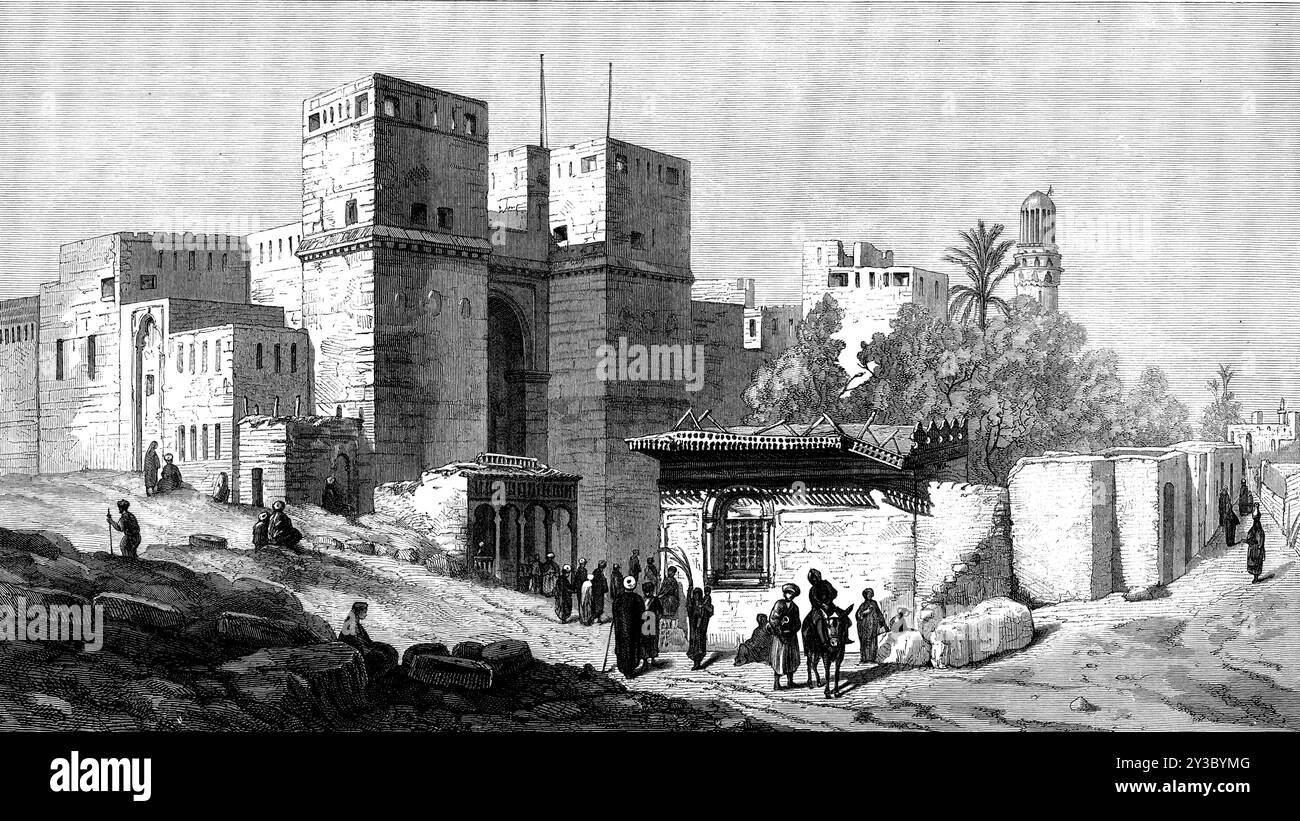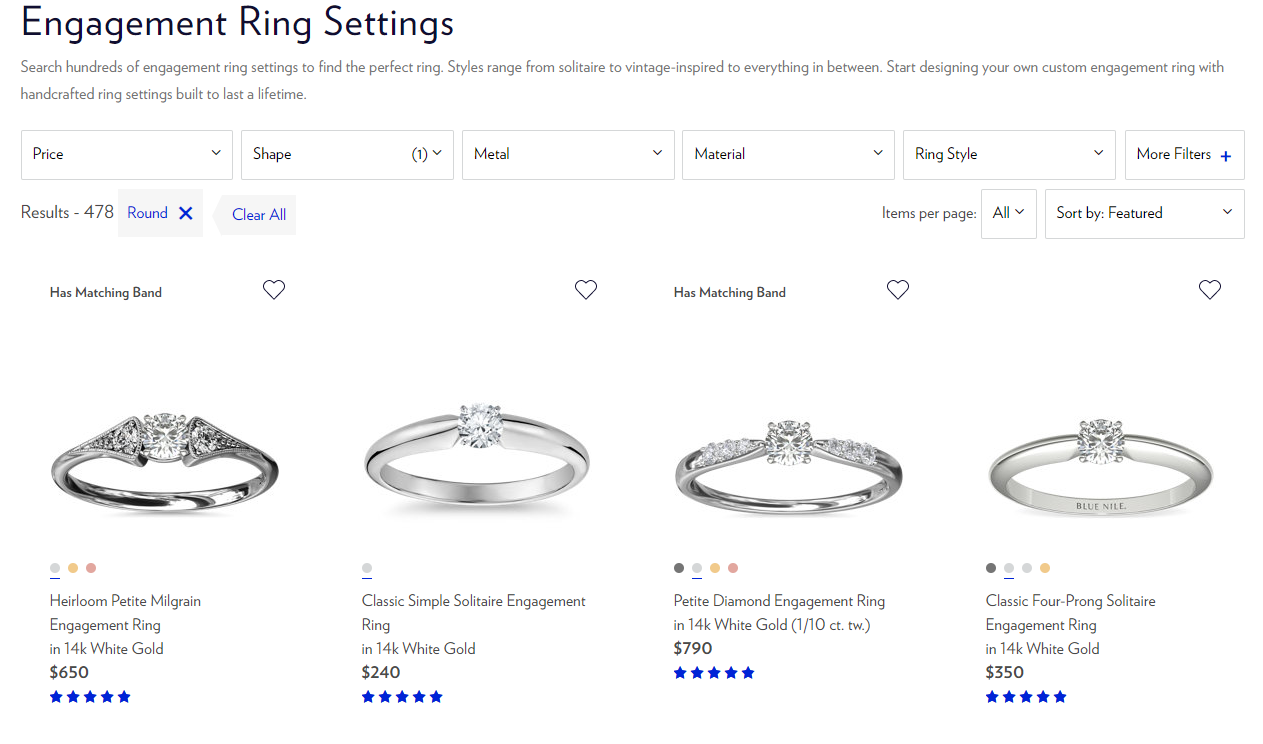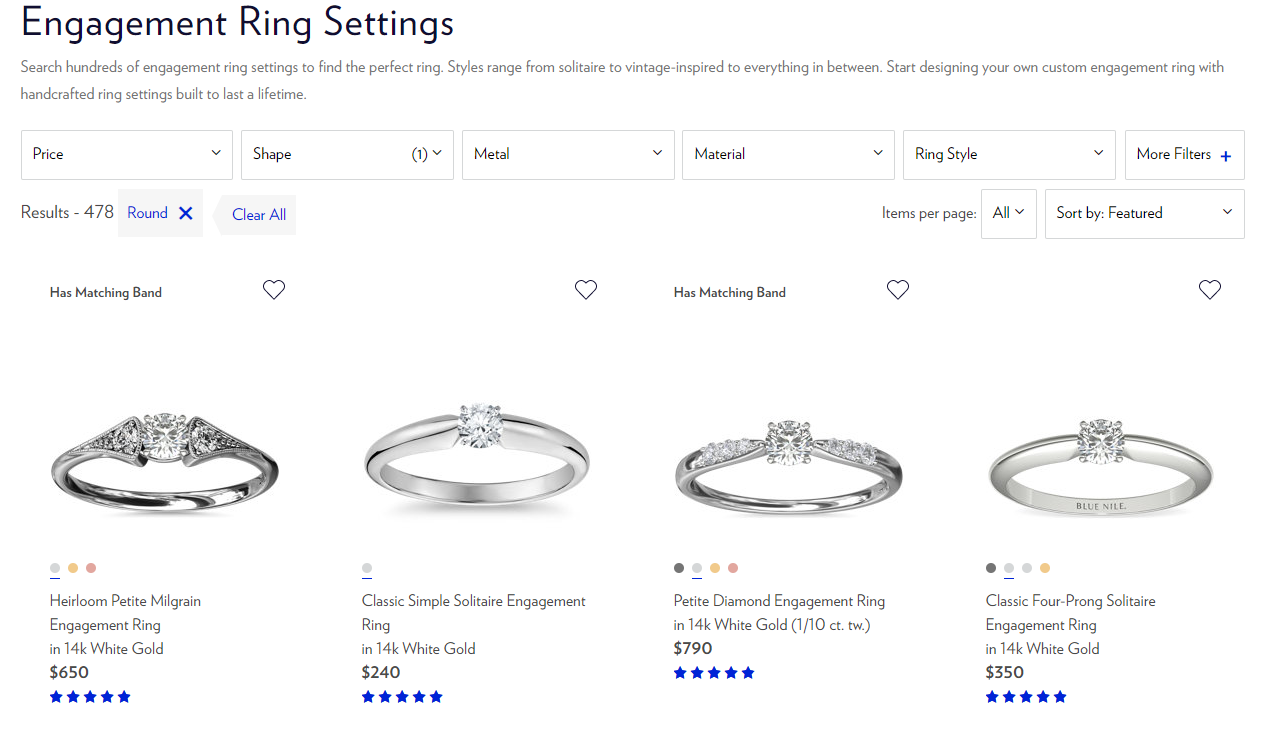nile diamond from Ancient Origins to Modern Brilliance is a topic that invites you to discover an extraordinary gemstone revered for centuries. From its mysterious beginnings along the Nile River to its role in today’s luxury jewelry, the nile diamond captures attention with its legendary allure, cultural significance, and timeless beauty.
The journey of the nile diamond weaves through fascinating historical milestones, ancient trade routes, and remarkable geological formations that set it apart from other precious stones. Its unique characteristics have inspired artisans and captivated societies, making it a centerpiece in both economic development and artistic expression. Whether treasured as a symbol of power or admired for its dazzling aesthetics, the nile diamond’s story is as multi-faceted as the gem itself.
Historical Background of Nile Diamond
Nile diamond, a captivating gemstone purportedly originating from the ancient riverbanks of the Nile, has long been enveloped in stories of royalty, trade, and mystery. Across centuries, its allure has been interwoven with the rich tapestry of civilizations that flourished along the Nile, becoming a symbol of power, wealth, and spiritual significance. The journey of Nile diamond from its origins to its position in modern gemology offers fascinating insights into global history and culture.
Origins and Cultural Significance, Nile diamond

The earliest references to Nile diamond trace back to ancient Egyptian texts and artifacts, where the gem was prized not only for its beauty but also for its mystical attributes. Revered by pharaohs and adorned in sacred objects, Nile diamond became a status symbol for the elite and a talisman believed to bestow protection and prosperity. Over time, the stone’s fame spread beyond Egypt, finding its way into Mediterranean and African trade networks, where its rarity and allure ensured its place in the annals of history.
Documented Occurrences and Trade Routes
Nile diamond’s emergence in recorded history is marked by archaeological discoveries along the Nile Delta and Upper Egypt. Traders and explorers documented its movement along caravan and river routes connecting Africa, the Middle East, and Europe. These trade networks facilitated the gem’s transition from a regional rarity to a coveted item in international markets.
Chronological Timeline of Major Events and Discoveries

The historical progression of Nile diamond is best understood through key milestones. Below is a chronological timeline highlighting significant discoveries and events:
| Year/Period | Event/Discovery | Location | Significance |
|---|---|---|---|
| c. 2500 BCE | Earliest references in Egyptian hieroglyphs | Ancient Egypt | Used in royal regalia and burial items |
| 1st Century CE | Trade expansion along Nile and Red Sea | Egypt, Nubia | Gem enters broader Mediterranean commerce |
| 12th Century CE | Mentions in Arabic travelogues | Cairo, Alexandria | Valued in Islamic courts and jewelry |
| 19th Century | European rediscovery and scientific classification | Egypt, Sudan | Specimens included in museum collections |
| Present Day | Revival in luxury markets and gemological research | Global | Sought after by collectors and designers |
Geological Characteristics
Formed over millions of years under unique geological conditions, Nile diamond stands apart for its distinct mineralogical profile and exceptional visual qualities. Its genesis is attributed to high-pressure metamorphic processes deep within the Earth’s crust, often associated with specific alluvial deposits found along the Nile corridor.
Geological Formation and Physical Properties
Nile diamond is typified by its crystalline structure and remarkable hardness, which enable it to withstand natural forces and retain its brilliance through centuries. The geological environment along the Nile, rich in ancient volcanic and sedimentary rocks, provides the necessary conditions for diamond formation and subsequent transport by riverine systems.
Distinguishing Features among Gemstones
Compared to other diamonds, Nile diamond is noted for its subtle variations in color, unique inclusions, and sometimes a hint of a river-polished surface. These qualities, shaped by both its chemical composition and its journey through sediment-laden waters, make it a prized specimen among gemologists.
Commonly Observed Characteristics
The unique properties of Nile diamond are best appreciated through their observable features:
- Color: Ranges from clear to pale yellow and occasionally exhibits a faint bluish hue, attributed to trace minerals.
- Clarity: Generally high, though some stones feature internal inclusions indicative of ancient geological processes.
- Carat Weight: Typically varies from small river pebbles up to several carats for exceptional finds.
- Cut Quality: Natural shapes often rounded due to river erosion, with faceting enhancing inherent sparkle.
- Luster: Exhibits a pronounced adamantine (diamond-like) shine under proper lighting.
Scientific Methods for Authentication and Grading
Authenticating and grading Nile diamond involves a suite of advanced scientific techniques. These methods ensure that each stone’s origin, quality, and value are expertly assessed:
- Spectroscopic Analysis: Determines chemical signatures unique to Nile-region formations.
- X-ray Diffraction: Confirms crystalline structure and detects synthetic imitations.
- Microscopic Examination: Reveals internal inclusions and river-worn surface features.
- Carat and Clarity Grading: Evaluated according to internationally recognized standards such as GIA or IGI.
Mining and Extraction Methods
The story of Nile diamond’s extraction reflects a blend of ancient ingenuity and modern technological advancement. The art and science of mining these gems have evolved to balance efficiency, environmental stewardship, and respect for local traditions.
Traditional and Modern Mining Techniques
Traditional mining of Nile diamond relied on manual sifting through alluvial deposits, using simple tools such as sieves and pans. Over time, mechanized methods, including dredging and earth-moving equipment, have been introduced, enabling miners to access deeper and more remote deposits. Despite technological progress, artisanal approaches remain common in certain regions, preserving age-old practices and providing livelihoods for local communities.
Comparison of Mining Methods
To better understand the implications of different extraction techniques, the following table Artikels their efficiency, environmental impact, and relative popularity:
| Method | Efficiency | Environmental Impact | Popularity |
|---|---|---|---|
| Hand Sifting | Low to Moderate | Minimal, localized disturbance | Common among small-scale miners |
| Dredging | High | Significant alteration of riverbeds, sediment disruption | Used by commercial operators |
| Open-pit Mining | Very High | Substantial landscape change, potential habitat loss | Less common, major investments needed |
| Selective Extraction | Moderate | Focuses on minimizing ecosystem impact | Increasing popularity with sustainability focus |
Key Extraction Regions Along the Nile
Several areas along the Nile are renowned for yielding Nile diamond. These regions are characterized by rich alluvial deposits and a long history of gemstone discovery:
- Upper Nile Valley (Sudan and Southern Egypt): Known for artisanal mining and historically significant finds.
- Nile Delta (Northern Egypt): Home to both ancient and modern extraction activities.
- Blue Nile Tributaries (Ethiopia and Sudan): Recent discoveries have highlighted this area’s potential.
- White Nile Confluence (Sudan): Notable for larger diamond specimens and active trade hubs.
Wrap-Up: Nile Diamond
The enduring legacy of the nile diamond continues to sparkle across generations, bridging the gap between tradition and innovation. As new advancements shape its future and ethical practices redefine its journey, the nile diamond remains a symbol of elegance, cultural depth, and untold stories yet to be discovered.
FAQ
What makes nile diamond different from other diamonds?
nile diamond is distinguished by its unique geological origins, often exhibiting particular clarity and color patterns that are linked to the Nile River’s environment.
Where are nile diamonds primarily found?
nile diamonds are mainly discovered along regions of the Nile River, particularly in areas with historical mining activity.
Can nile diamond be authenticated easily?
Authentication typically involves advanced geological testing and certification by recognized agencies to ensure its origin and quality.
Are nile diamonds considered ethically sourced?
There are increasing efforts and regulations to ensure nile diamonds are mined and traded ethically, with certification bodies overseeing the process.
Is nile diamond suitable for investment?
Due to its rarity and historical significance, nile diamond can be considered a valuable investment, especially when accompanied by proper certification and provenance.

